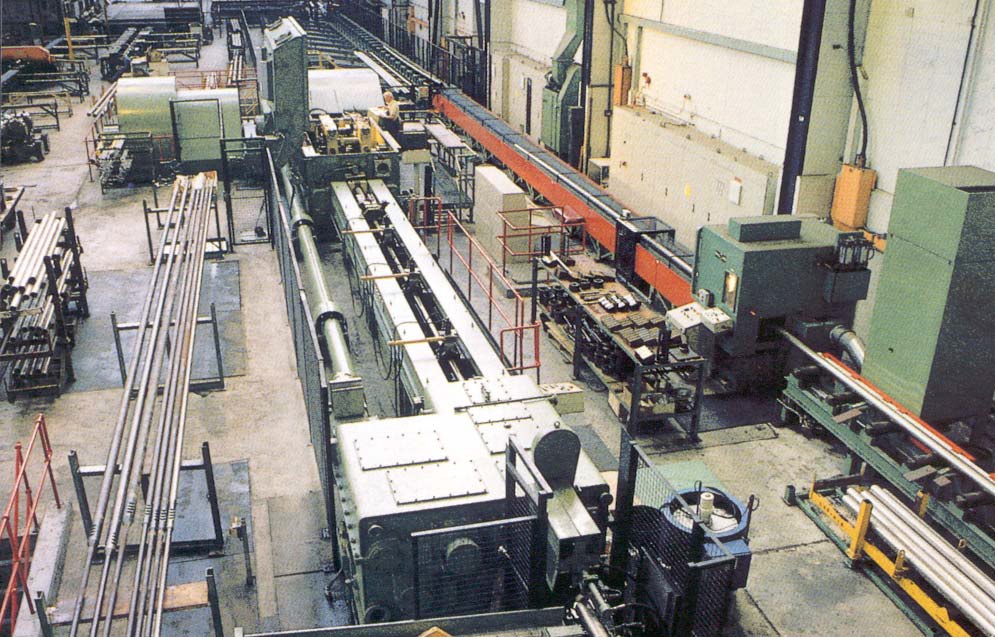Behavior of Nickel based super alloys in Hydrogen generation environments
Hydrogen is a significant and clean fuel. It is usually produced through sulfur iodide cycle by using nuclear energy. The essential reagents in the S-I cycle is hydrogen iodide that is usually identified as a vigorous chemical. Nickel based alloys are popular for their excellent corrosion resistance. So, the study of the corrosion of nickel based alloys in these solutions is essential for evaluating their use in the hydrogen production units.
With the increase in energy consumption, high cost and depletion of fossil fuels have increased demand of study of profitable and high conversion method for massive hydrogen generation. In the thermochemical water cycles, the chemical reactions are used where water interacts with chemical reagents. Water is merely a feestock for this type of process. There are many thermochemical cycle methods for hydrogen generation.
Nickel based super alloys have extensive applications in the energy, power, chemical and petrochemical industrial plants for their outstanding corrosion resistance. These alloys are commonly austenitic stainless steels which are highly alloyed. In these alloys in addition to nickel, other elements present are chromium, molybdenum and manganese that are used to enhance the performance of alloys depending on the service conditions.
Generally, chromium enhances corrosion resistance in the oxidizing environments whilst molybdenum enhances strength and corrosion resistance performance in the reducing environments. However costlier than iron based alloys, the high strength and corrosion resistant nickel based super alloys are the recommended material for use in the vigorous conditions in various applications where suitable combination of heat and corrosion resistance are required for the economical long term performance.
Alloys used for evaluation are Inconel 625, Hastelloy X and Nickel 200. Inconel 625 provides high strength without the need of additional heat processing. It is a suitable alloy use in the various corrosive conditions and is particularly resistant to pitting and crevice corrosion. Alloy 625 finds applications in chemical processing, aerospace, marine and nuclear plants.
Hastelloy X has supreme heat and oxidation resistance properties in addition to preventing corrosion in chloride stress corrosion racking and carburization. Alloy X is one of the most commonly used materials for gas turbine engine components.
Nickel 200 is a type of pure wrought nickel that is suitable for use with different processing systems, specifically to maintain the product purity in handling foods, synthetic fibers.
Aqueous corrosion behavior of Nickel alloy
During aqueous corrosion an interfacial electrochemical reaction takes place between the material and service condition. All three alloys are observed in 29% HI solution for different durations and temperatures. For the first day, Inconel 625 lost more weight as compare to Hastelloy X samples although with the passage of time, alloy x samples received more corrosion than alloy 625. The security layer that is often chromium oxide with the mixture of other metallic oxides in alloy 625 is not as strong as alloy X although the composition of alloy 625 provides superior corrosion resistance. It is found that final corrosion resistance of Inconel 625 in hydrogen producing conditions is better than Hastelloy X.


